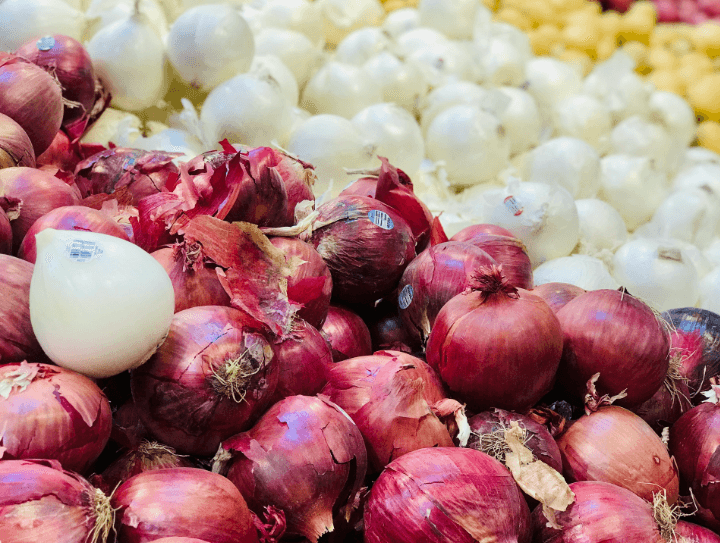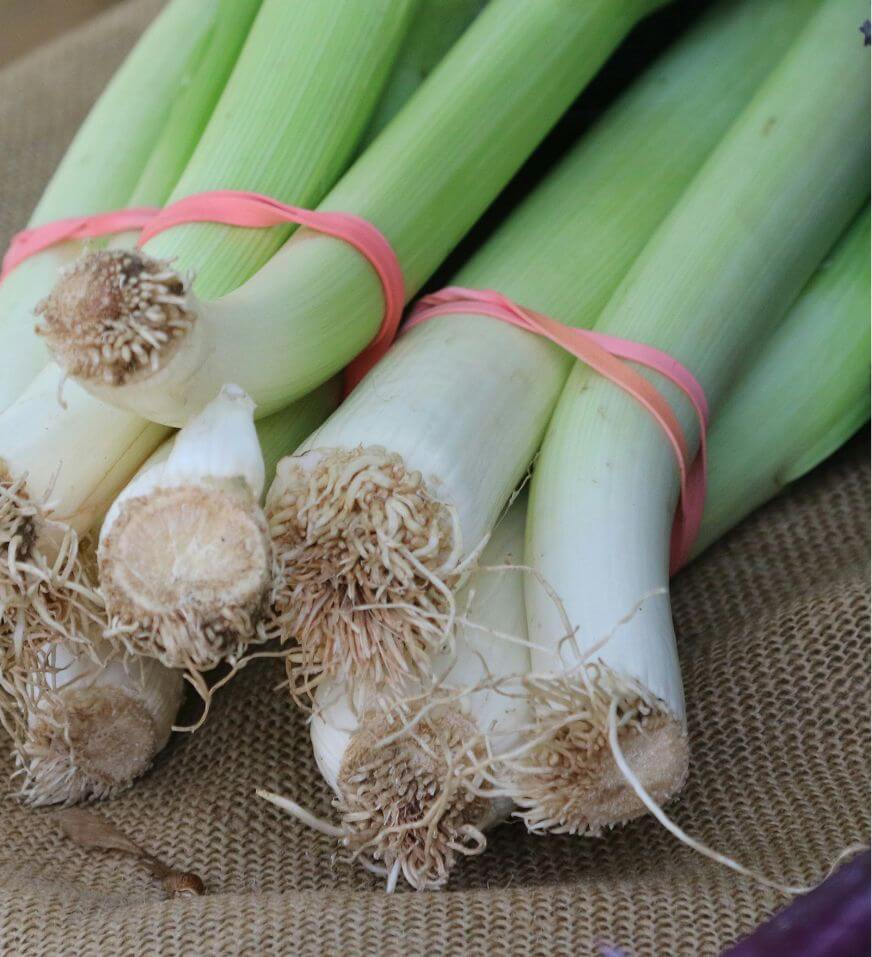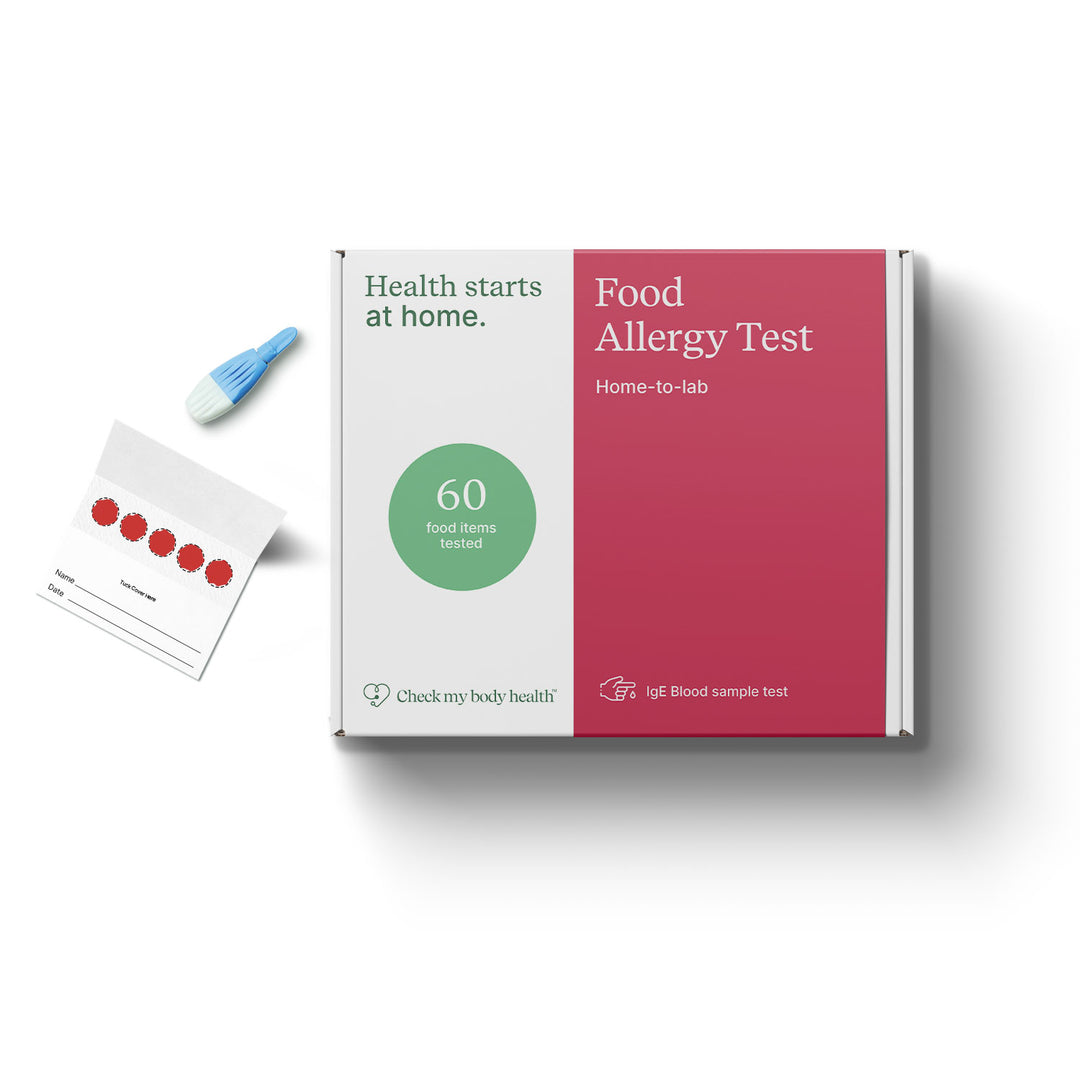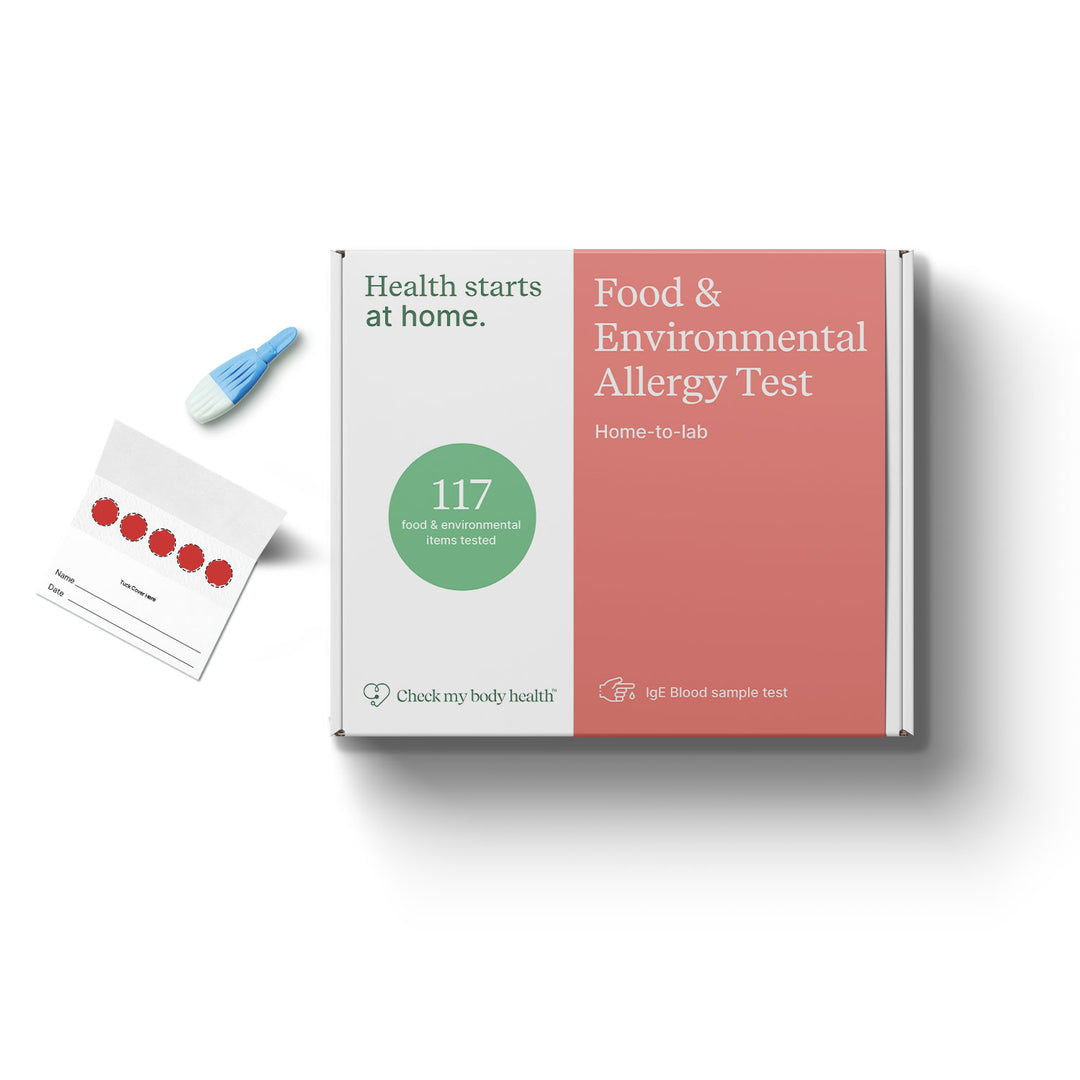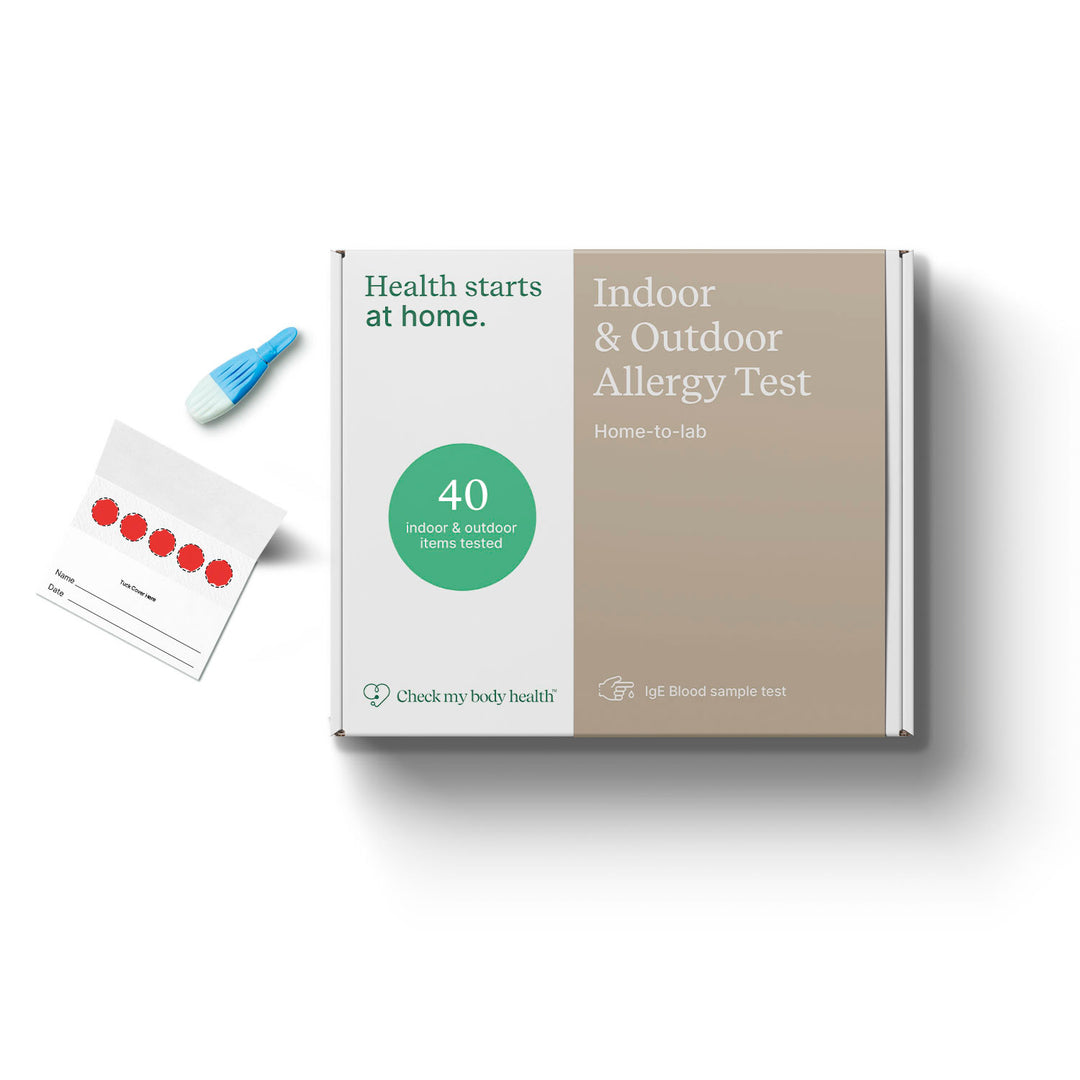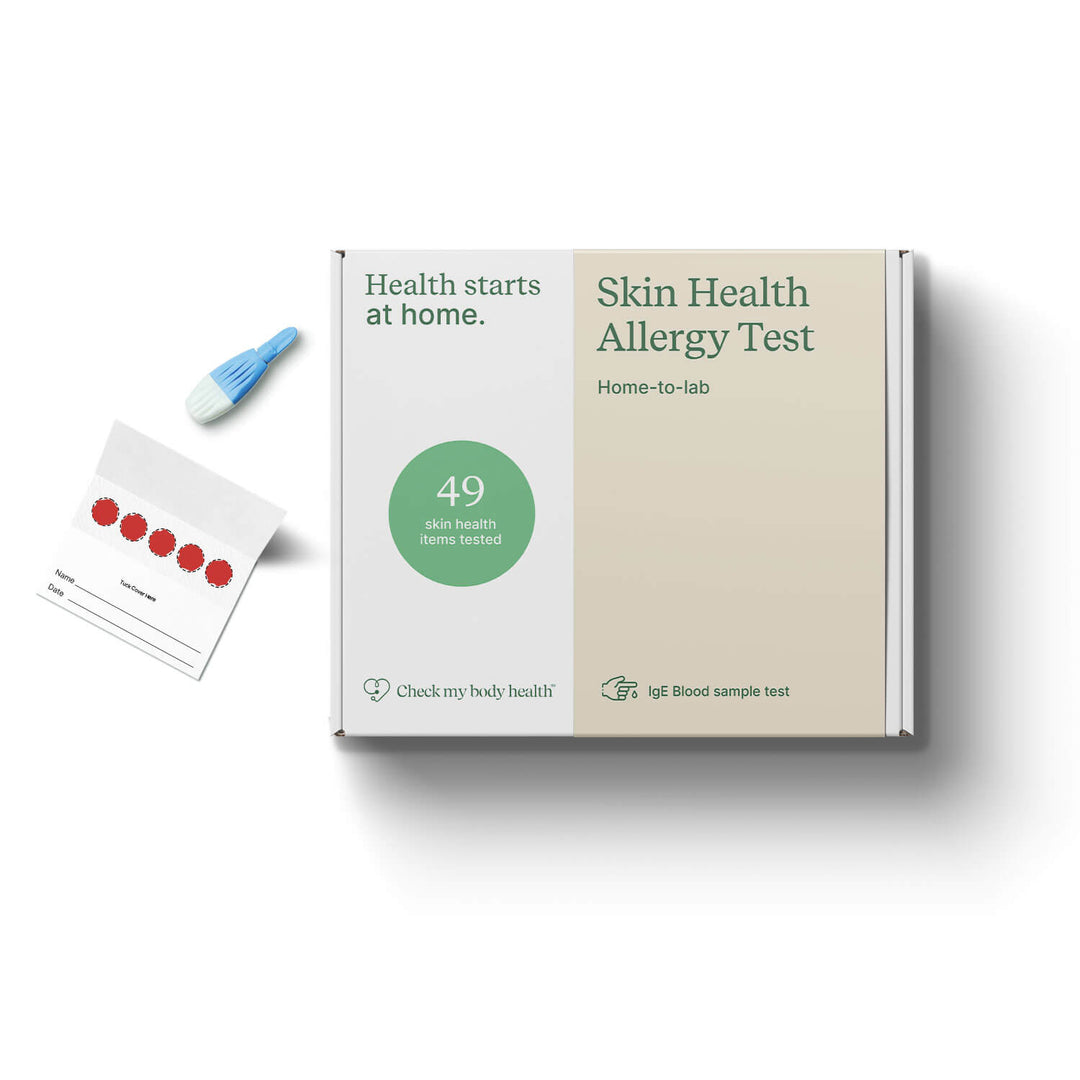Onion allergy
Recognising onion allergy
Onion allergy symptoms can vary in severity and may include:
- Skin Reactions: Hives, itching, and eczema.
- Gastrointestinal Issues: Nausea, vomiting, abdominal pain, and diarrhoea.
- Respiratory Problems: Nasal congestion, runny nose, sneezing, and asthma-like symptoms.
- Oral Allergy Syndrome: Tingling or itching in the mouth and throat after consuming raw onions.
- Anaphylaxis: Though rare, a severe allergic reaction can occur, characterised by difficulty breathing, swelling of the throat, a rapid pulse, and loss of consciousness. This requires immediate medical attention.
Types of onion allergy reactions
IgE-Mediated Reactions: These immediate allergic reactions occur within minutes to hours after consuming onions. Symptoms can include hives, swelling, and anaphylaxis.
IgG-Mediated Reactions: These reactions are delayed, occurring hours to days after exposure to onions. Symptoms often include gastrointestinal issues such as nausea and diarrhoea.
Alternative foods to eat
If you have an onion allergy, several alternatives can provide similar flavours in your cooking without causing an allergic reaction. Some alternatives include:
- Leeks: These have a milder flavour and can be used in soups and stews.
- Chives: These offer a subtle onion-like flavour and are great for garnishing.
- Garlic: Adds a strong, distinct flavour to dishes.
- Shallots: These are milder than onions and can be used in smaller quantities.
- Fennel: Offers a slightly sweet, anise-like flavour.




